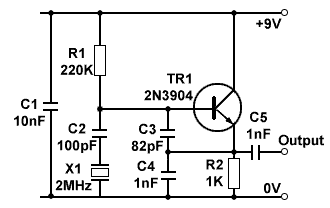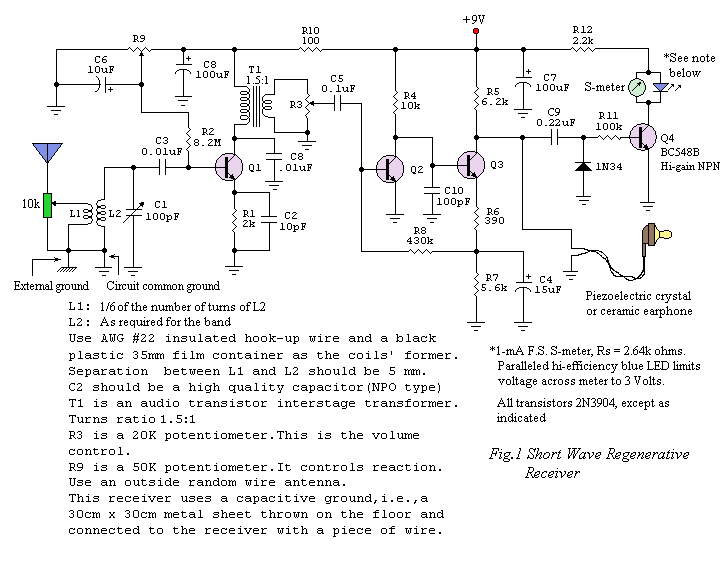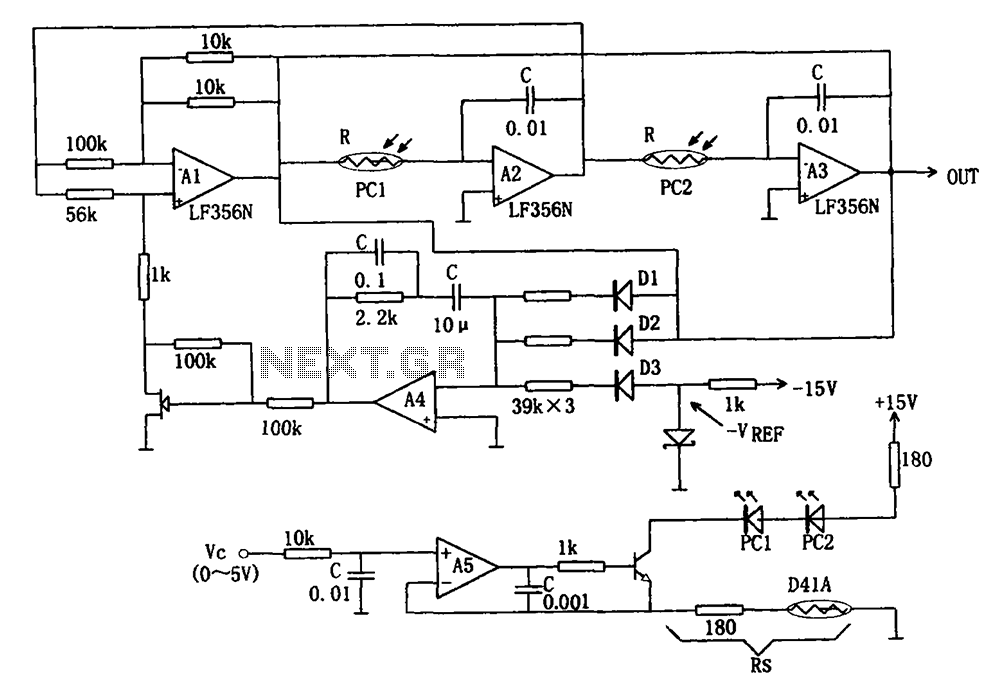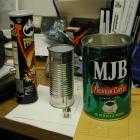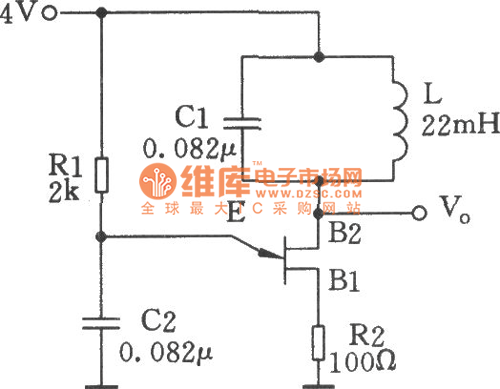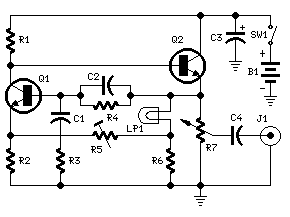
Sine wave descrambler
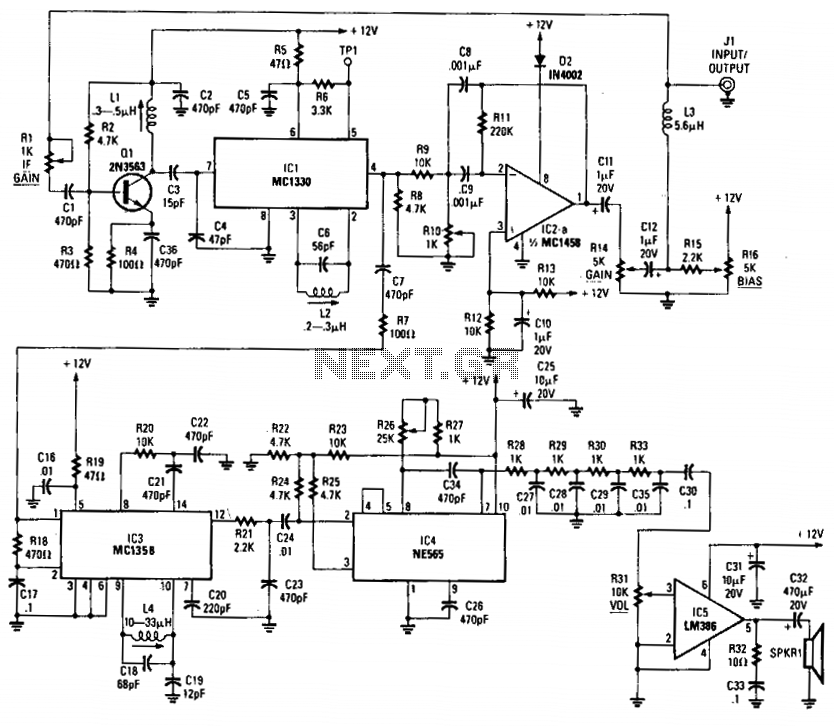
This decoder incorporates a sine wave recovery channel and utilizes a PIN diode attenuator driven by the sine wave recovery system to eliminate the sine wave sync suppression signal. Additionally, it functions as a sine wave descrambler.
The decoder's sine wave recovery channel is designed to enhance the fidelity of the received signal by accurately recovering the sine wave component from the modulated input. The integration of a PIN diode attenuator allows for dynamic adjustment of the signal amplitude, providing the capability to mitigate unwanted suppression effects caused by sine wave sync signals. This is particularly important in applications where signal integrity is critical, as it ensures that the decoded output closely matches the original transmitted waveform.
The sine wave descrambler aspect of the circuit plays a vital role in restoring the original data format by reversing the scrambling process applied during transmission. This is achieved through a series of signal processing techniques that effectively re-align the phase and frequency components of the signal. The overall design emphasizes low distortion and high efficiency, allowing for real-time processing without introducing significant latency.
The combination of these features makes the decoder suitable for various applications in communication systems, where accurate signal recovery and data integrity are paramount. The implementation of robust filtering techniques further enhances performance, ensuring that the output remains stable under varying operational conditions.This decoder features a sine wave recovery channel and uses a PIN diode attenuator driven by the sine wave recovery system to cancel out the sine wave sync suppression signal. Sine wave descrambler 🔗 External reference
The decoder's sine wave recovery channel is designed to enhance the fidelity of the received signal by accurately recovering the sine wave component from the modulated input. The integration of a PIN diode attenuator allows for dynamic adjustment of the signal amplitude, providing the capability to mitigate unwanted suppression effects caused by sine wave sync signals. This is particularly important in applications where signal integrity is critical, as it ensures that the decoded output closely matches the original transmitted waveform.
The sine wave descrambler aspect of the circuit plays a vital role in restoring the original data format by reversing the scrambling process applied during transmission. This is achieved through a series of signal processing techniques that effectively re-align the phase and frequency components of the signal. The overall design emphasizes low distortion and high efficiency, allowing for real-time processing without introducing significant latency.
The combination of these features makes the decoder suitable for various applications in communication systems, where accurate signal recovery and data integrity are paramount. The implementation of robust filtering techniques further enhances performance, ensuring that the output remains stable under varying operational conditions.This decoder features a sine wave recovery channel and uses a PIN diode attenuator driven by the sine wave recovery system to cancel out the sine wave sync suppression signal. Sine wave descrambler 🔗 External reference
